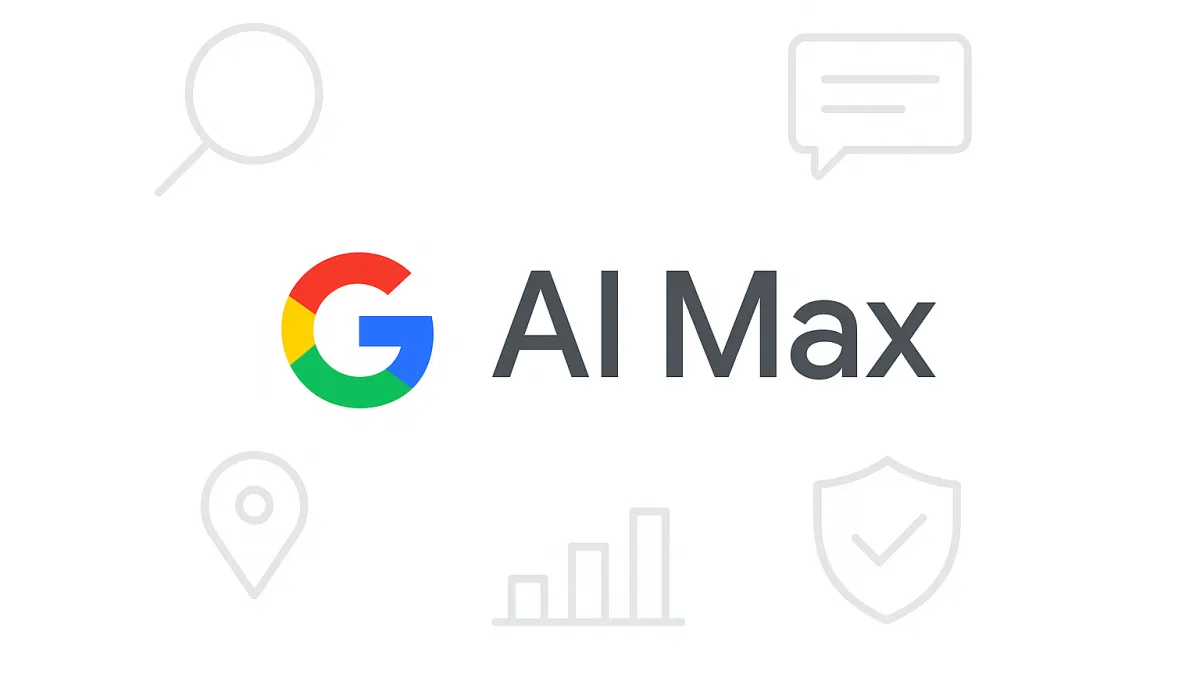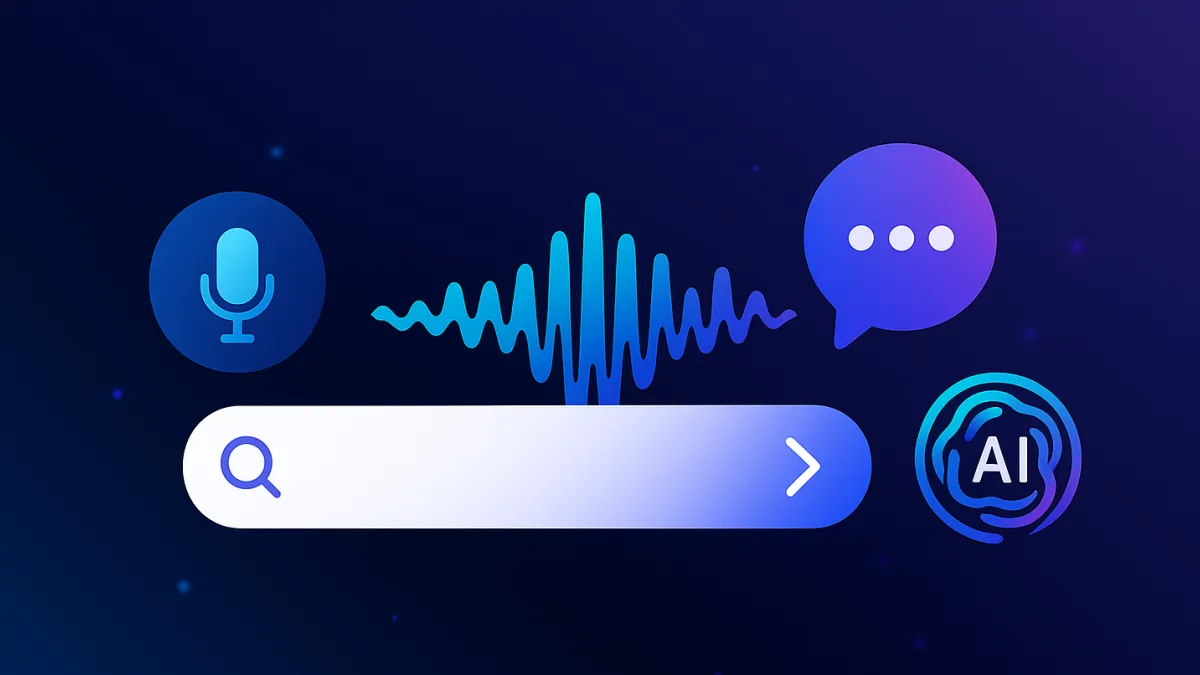
AI Max for Search Campaigns: A Closer Look at Google's Next Ad Evolution
Introduction
Google recently introduced AI Max, a new set of features designed to augment Search campaigns using generative AI. While the announcement leans optimistic, marketers understandably want to know: What does this actually change?, and more importantly, is it worth adopting now?
Let’s unpack what AI Max does, how it works, and what implications it has for digital marketers navigating an increasingly automated ad landscape.
What Is AI Max for Search Campaigns?
AI Max is essentially an AI-enhanced overlay for Search campaigns that aims to automate and improve three key areas:
1. Query matching – discovering more relevant searches, even if you haven’t targeted them manually.
2. Ad creative – generating headlines and descriptions based on your site, landing pages, and existing assets.
3. Insights and control – offering new reporting tools and targeting capabilities.
Google is positioning this as a “one-click” optimization for advertisers who want to scale or streamline performance. It's currently in about to enter a global beta.
How It Works: The Three Pillars
1. Smarter Reach
AI Max uses a combination of broad match, keywordless technology, and predictive modeling to identify queries you might not be targeting but are likely to convert. Rather than relying solely on your provided keywords, the system uses content signals from your site and ads to infer relevance for adjacent or emerging queries.
Example: A campaign targeting “red midi dresses” may also begin to serve for queries like “summer brunch dresses” if Google’s AI sees a contextual match.
While this may broaden your audience, it also introduces a layer of unpredictability, especially for brands with strict messaging or segmentation strategies.
2. Dynamic Ad Generation
Google's AI can now generate new text ad assets, like headlines, CTAs, and descriptions, based on the landing pages linked to your campaign and other inputs. These aren’t meant to replace your copywriting, but rather to fill in creative gaps or test alternate angles at scale. In some cases, this could mean stronger contextual alignment with long-tail queries. In others, it may result in generic messaging if not reviewed closely.
Additionally, "Final URL Expansion" allows AI to direct users to different landing pages on your site (not just the one you set), based on search intent.
Note: This setting may not suit every brand, especially those with strict user flow control or compliance concerns.
3. New Controls and Reporting
One common critique of AI-driven campaigns is the “black box” effect, automation without clarity. AI Max makes efforts to address this:
- Location of Interest targeting: You can now target users based on geographic intent, not just physical location.
- Brand Restrictions: Prevent your ads from appearing for searches related to competitors or irrelevant brands.
- URL Parameters & Reporting Enhancements:More detailed insights into matched search terms, asset performance, and ad strength.
Still, some of this transparency is reactive, giving you visibility after the fact, rather than control before deployment.
Benefits, Caveats, and Use Cases
Where AI Max Could Shine:
- Scaled Campaigns: For advertisers managing thousands of keywords, AI Max can surface hidden opportunities.
- Ecommerce: If your landing pages are rich in product metadata, AI can generate highly tailored ad content.
- Testing New Markets: The broad reach may help uncover emerging trends or regional nuances.
Where to Be Cautious:
- Brand-Sensitive Campaigns: Dynamic asset generation and URL expansion can cause misalignment with tone or messaging.
- Niche B2B Services: AI may struggle to match queries with specialized jargon or buyer intent.
- Limited Budget Accounts: Broad targeting may burn through spend quickly without guaranteed quality leads.
Early Results and What They Suggest
Google cites examples like:
- L'Oréal: 2x higher conversion rates at 31% lower cost-per-conversion.
- MyConnect (AU): 16% more leads, 13% lower CPA, and a 30% boost from new queries.
While impressive, these results come from large advertisers likely paired with optimized assets and high-traffic landing pages. Smaller brands may not see the same lift without similar foundational elements.
Conclusion
Coming later this month, AI Max isn’t a radical overhaul of Google Ads. It’s an incremental step toward deeper automation and AI integration. For marketers, it offers real opportunities in reach and relevance, but it also introduces trade-offs in control and predictability.If you're testing new markets, trying to scale, or working with high-quality web content, it could be a valuable tool. Just make sure to monitor performance carefully, review generated assets regularly, and balance AI assistance with human oversight.


